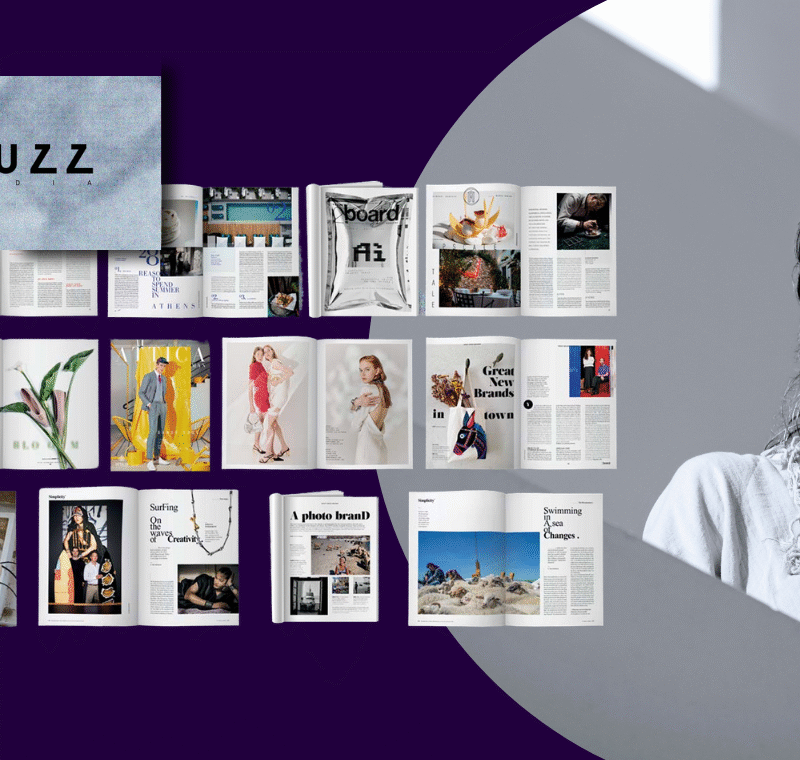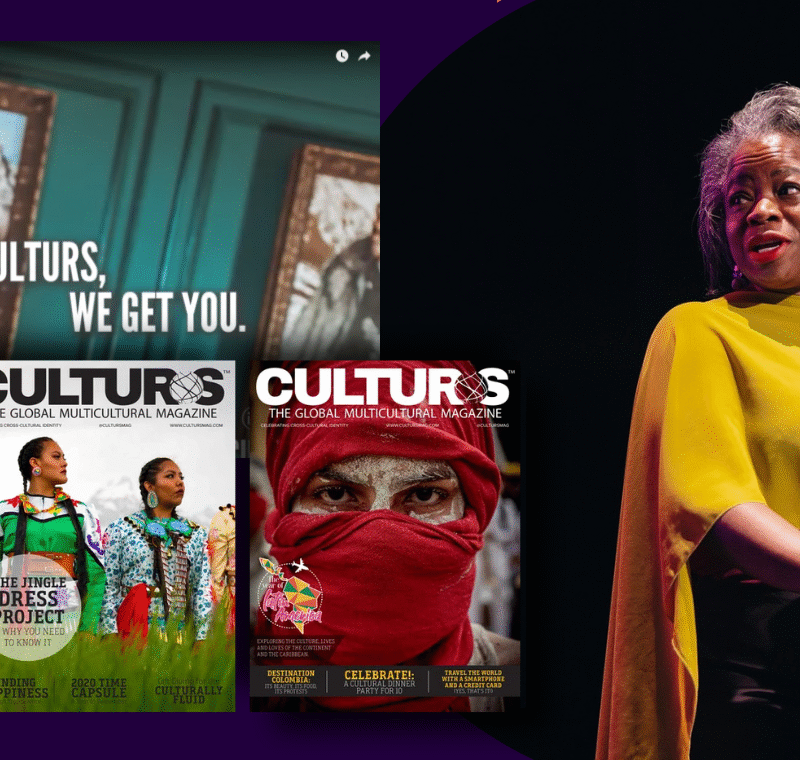Tech and data at the heart of Burda’s transformation
“Print first or print only does not work anymore,” said Frances Evans, director of international licensing and advertising for Burda International at the FIPP World Congress in Toronto yesterday.
“The economic climate presented a need to adapt,” she said. “Tech and data are at the heart of our business transformation. Innovation is only innovation when it is money in the bank,” she said. “Ideas must be turned into profit.”
So Burda used data and analytics to change its brand and also create tailor-made offerings for consumers. They wanted to figure out what people wanted and determine the next steps for the company.
Ian Levy, CEO of Burda Brazil said that a brand eco-system business where the magazine plays only a small role in that ecosystem was key to their initial success in that country.
“We knew upon entering Brazil that we needed to position ourselves as a multimedia operator instead of single magazine publisher,” said Levy.
Burda Brazil wanted to be “platform agnostic” in order to give people exactly what they want and transform a passive audience into a community of invested users.
Social media was Burda’s first step into market in Brazil. The company amassed an online community of about 50,000 followers and quickly established itself. That leverage created online was the base from which all of the other platforms were launched.
From there Burda started six businesses with eight people in nine months.
Following the social media campaign came a website complete with content and a platform for e-commerce. Next was the offline portion of the Burda ecosystem, the high-quality magazine with an already established brand.
Several other platforms quickly followed including Academia Burda to teach sewing with Burda methods and create new readers, a social inclusion program for economically deprived groups which opened several new horizon and development partners, an educational television show in a prime time slot and an expo with more than 3,000 attendees and 30 vendors that was advertised only within the platform ecosystem.
“The ecosystem is serving the sewing community and monetising it,” said Levy.
Before the launch of all portions of the ecosystem, advertisers were not particularly interested in working with Burda in Brazil. But now many of those same companies are advertisers on at least one of the platforms.
“The ecosystem strategy made us relevant and clients see us as able to provide for their needs,” he said.
With the physical magazine being only a small part of the business in Bazil, Evans believes that the platform ecosystem allows for a wider audience and therefore more profit overall.
“This is the most exciting time possible to be in magazine media,” she said. ”It is the time to attack, move forward and just do it.”
More like this
Business model innovation: how Burda does it, worldwide









